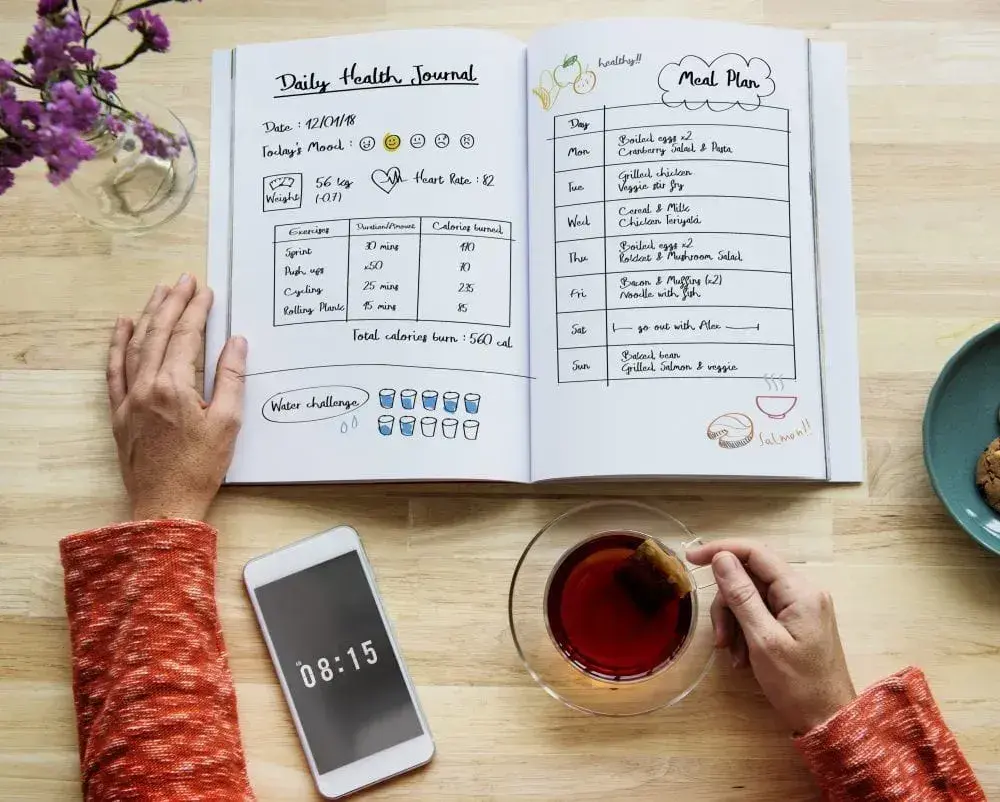4 min read
From The Doc: Proper Portion Control For Weight Loss
Garcia Weight Loss
:
Jul 25, 2018 12:00:00 AM

/assets/images/provider/photos/2579306.jpg)
One of the biggest misconceptions about weight loss is that if you eat a lot of “healthy” foods, you’ll drop pounds. But losing weight is, unfortunately, not that simple. How much you eat matters just as much as what you eat. This is where portion control comes in.
Portion control means that no matter what food you’re eating, you pay attention to how much you’re consuming in that serving. You know the portion size that is right for your diet plan, and you work to stay within those limits.
Though it may take some time to learn proper portion sizes in the beginning, over time, it may become second nature to eat less because you’ll know how many calories are in front of you. Those who become skilled at eating the proper portion sizes have a powerful tool in their arsenal when it comes to losing weight. Here’s how to do it.
Use the updated nutrition facts to your advantage
The nutrition facts label is the first place you should start with packaged food, because it’s a quick and easy way to see what a serving size is. This can be helpful for those who find that their portion size (what they eat in a sitting) is bigger than the recommended serving size.
While older nutrition facts panels were confusing and even misleading, the Food and Drug Administration (FDA) rolled out an update in 2016 that makes them easier to understand and use. The serving sizes have been increased to more closely match the portions that people actually eat. And, many smaller containers have been changed to a single serving, which means you don’t have to do any math to figure out how much you actually consumed.
The FDA explains these food label changes in more detail.
Don’t try to “eyeball” your portions
While most of us think we know what a ¾ cup of cereal looks like, most of us underestimate and end up eating more than we realize.
Take the guesswork out of it and start using measuring cups. After you’ve measured out your food, take a good look at it. Get to know what that serving size really looks like. How much did it fill your bowl or plate? You may even want to take a photo of it on your phone as a reference. This can be useful in situations where you can’t measure, such as when you’re eating out.
Don’t have measuring equipment available? You can determine portion sizes by comparing your food to your hand or other everyday items. Learn how here.
Start with a smaller plate of food
A study in the International Journal of Obesity found that when people were given more food on their plates, they ate more. It seems simple, but many of us are inclined to just eat what’s in front of us, even if we really don’t need to. Another study in Nutrition Bulletin found that offering larger portion sizes — even to children — resulted in eating too much.
You can avoid this trap in multiple ways:
- When eating at home, put less on your plate. Eat it slowly, and put your fork down between bites.
- Don’t eat food straight out of the package. Measure out your serving size, put it in a plate or bowl, and put the rest away. Reaching into a bag of chips or crackers is a very easy way to consume much more than you realize.
- Don’t be tempted to eat the notoriously large portions served at many restaurants. Ask for a lunch portion, even order off the children’s menu. Or, split one entree with someone else at your table.
- Say “no” to bread or chips served at restaurants before the meal. You could end up eating several hundred unexpected calories before your plate arrives. If your server brings bread, add them to take it away. Out of sight, out of mind.
- Eat broth-based soup, fruits, or vegetables before your meal is ready. This can help you feel fuller with a smaller portion.
Keep healthy snacks on hand to avoid getting too hungry
The faster we eat, the more we eat. The stomach needs about 20 minutes to tell the brain that it’s full. So, if you eat quickly, you’ll get extra calories in before your brain has caught on. And we all know that we eat faster when we’re starving.
Don’t let yourself get to that point. Instead, keep low-calorie, low-glycemic snacks in your bag or at your desk so you can take the edge off before your next meal. Then, when you sit down to eat, you can eat slowly and deliberately, which allows you to feel satisfied with a smaller portion.
Use the power of water to your advantage
If you’re not drinking enough water, you’re cheating yourself of a powerful weight-loss weapon. Dehydration is often confused with hunger, so you could end up eating food when all you need is some refreshing, calorie-free water.
Avoid this by keeping your favorite refillable water bottle with you all the time, and sip, sip, sip throughout the day. If you don’t like room-temperature water, invest in a stainless steel, insulated cup that will keep your water chilly for hours.
Some studies have actually shown that drinking water before a meal can help you lose weight. A belly full of water may help you feel fuller with less food, so you’ve got a built-in portion control tool at your disposal. Water is, quite simply, the best beverage to drink when you’re trying to watch portions and lose weight.
Write it down
Of course, watching portion sizes with each meal is only one part of the process. You also need to write down how much you’re eating each day so you add it all up and can see if you’re within your own healthy eating guidelines.
Consider using a food journal to do this. Your food journal should include what you ate and detailed portion amounts, and don’t forget to include little bites and snacks that you eat throughout the day — these count too!
Portion control: where do I start?
Don’t let all this information about portion control overwhelm you. You can find out exactly how much you should be eating, and adjust your portion sizes accordingly, with the help of Dr. Garcia and his team. Garcia Weight Loss offers customized weight loss programs, which will give you insight into your own ideal portion sizes and food choices. Contact us today to request your no-cost consultation!



